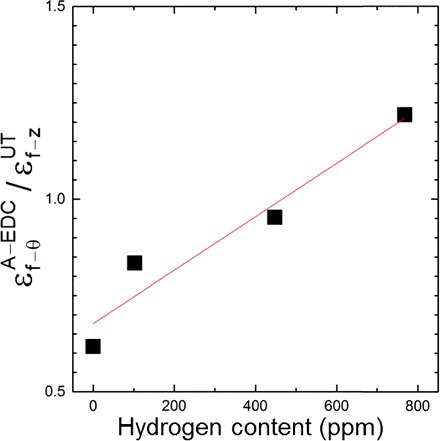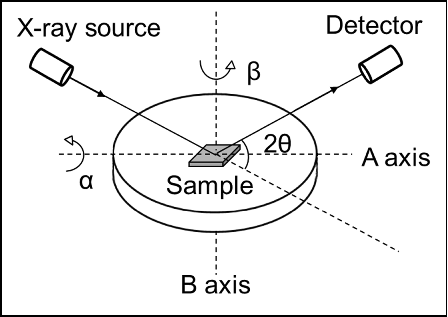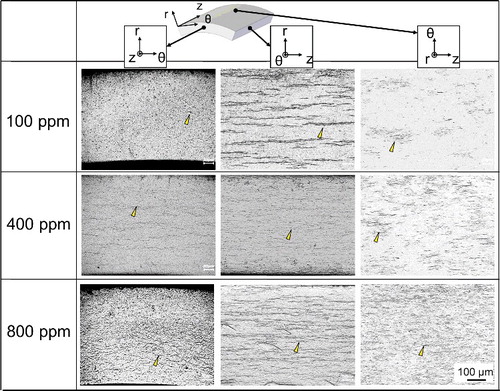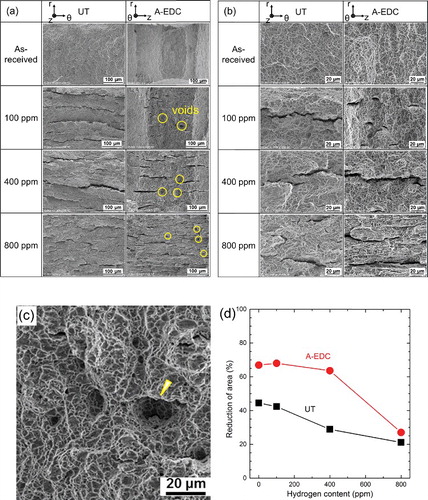Figures & data
Table 1. Target and measured hydrogen contents. In the text, name of samples and the amount of absorbed hydrogen will be called based on the nominal (target) value of hydrogen.
Figure 1. The reference system of Zircaloy-4 nuclear fuel tube: radial direction (r), hoop direction (θ), and longitudinal direction (z).
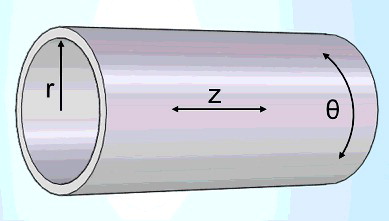
Figure 3. (a) Geometries and sizes of samples in UT and A-EDC tests (unit: mm); (b) the test configuration of A-EDC test.
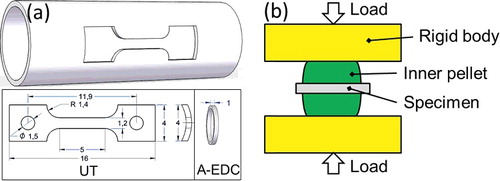
Figure 4. X-ray diffraction patterns of the 800 ppm H Zircaloy-4 sample. Standard diffraction peaks of α-zirconium and ZrH1.66 have employed to index diffraction peaks.
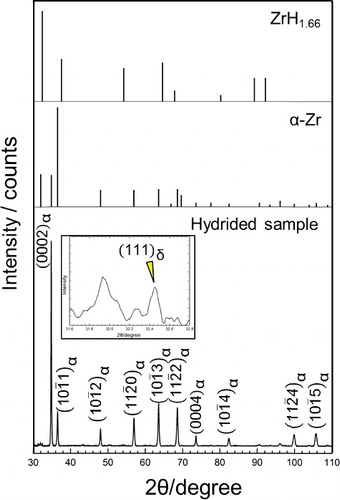
Figure 5. (a) Pole figures of (0002)α- − Zr and in Zircaloy-4 measured by XRD; (b) schematic drawing of the orientation of one unit crystal inside cladding.
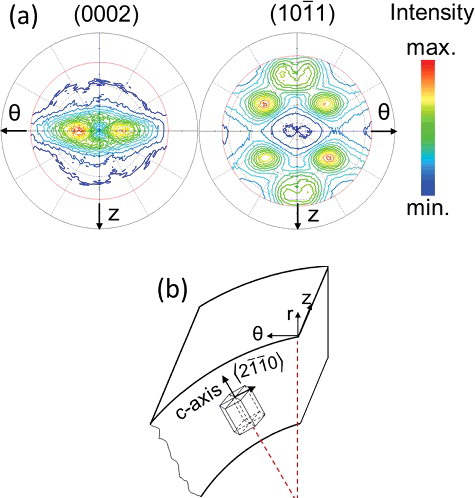
Figure 6. (a) The stress–strain curves and (b) a comparison of yield strength (YS), ultimate tensile strength (UTS), and strain at fracture (ϵf) for as-received and hydrided Zircaloy-4 samples.
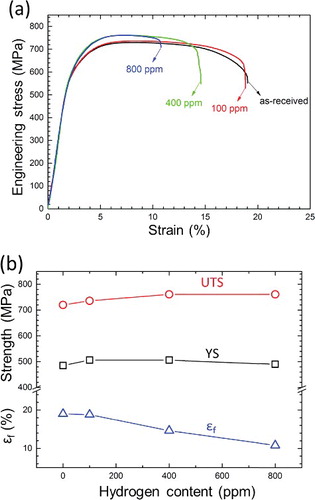
Figure 7. (a) Load-height displacement, (b) hoop strain-time relation, and (c) maximum hoop strain-hydrogen content curves for as-received, 100, 400, and 800 ppm H samples.
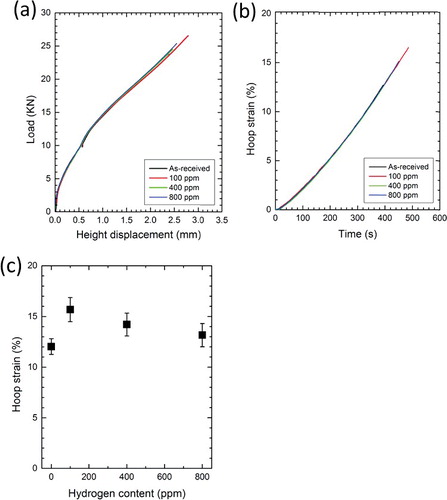
Figure 8. The ratio of maximum hoop strain (A-EDC) to longitudinal strain (UT), as a function of hydrogen content.
